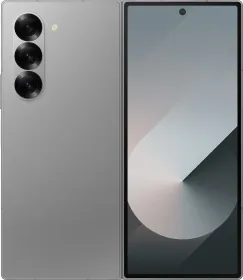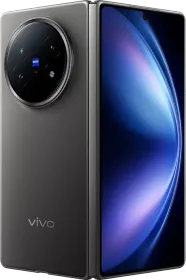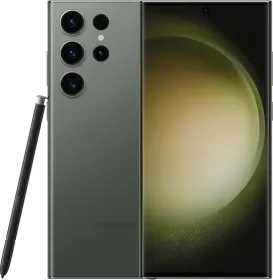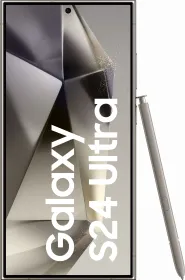At Samsung’s upcoming Unpacked event on July 9, we’re set to see three foldables—Galaxy Z Fold7, Z Flip7, and the new Z Flip7 FE. What stands out this time, however, is not just the hardware design or software, but what’s powering these devices. For the first time, Samsung is expected to ship foldables with Exynos chips inside. The Exynos 2500 in the Flip7 and the Exynos 2400 in the Flip7 FE.
Exynos on Flip7 and Flip7 FE?

This decision may seem questionable at first glance, especially for those who still associate Exynos with its problematic history. But that narrative is outdated. In fact, for foldables, this might actually be the smarter and more future-proof choice.
The skepticism stems from earlier generations, Exynos 990, 2100, 2200, chips that were widely criticized for thermal throttling, poor efficiency, and underwhelming sustained performance. That criticism was fair at the time. But the performance of Exynos has improved significantly in the last generation, and it’s time people updated their assumptions.
Exynos is actually good and here’s why I think so

The Exynos 2400 in the Galaxy S24, for example, showed clear progress. Despite its smaller vapor chamber and compact chassis, the S24 ran cooler and more consistently than the Snapdragon 8 Elite-powered Galaxy S25 (review). This also led to better battery life on the S24, compared to 8 Elite (not 8 Gen3). And that’s in a non-foldable phone, where probably there’s still more room to cool the chip.
But when we shift to clamshell foldables like the Z Flip7 and Flip7 FE, thermal design becomes even more critical. These are extremely compact devices. There’s very little space for a proper cooling system, and any excess heat directly affects sustained performance and battery life.

The Snapdragon 8 Elite is an incredibly capable chip but it also runs hot. We’ve already seen this across multiple compact devices, including the base Galaxy S25. And it’s not just slabs. Some recent foldables that use the 8 Elite also struggle with heat and throttling under prolonged loads. The moment thermals aren’t kept in check, performance drops off sharply, battery drains faster, and the overall user experience takes a hit.
It simply doesn’t make sense to put such a high-performance, high-heat chip in a form factor where it can’t run at its full potential. Samsung seems to have recognized this and made a decision based on real-world use rather than raw benchmark numbers.

The Exynos 2400, and 2500 too, based on what we’ve seen, are far better suited for constrained environments like foldables, where thermal efficiency is often more important than peak performance. Yes, they’re more efficient, at least the Exynos 2400 is.
ALSO READ: Samsung Galaxy S25 FE Renders Leak: Slimmer Body and Thinner Bezels
The other side

There’s another side to this as well. Samsung has been absorbing financial losses on smartphones for a while, partly due to the collapse of its foundry momentum in 2022. The Exynos 2400 wasn’t widely used, not because it wasn’t capable, but because Samsung couldn’t manufacture enough due to low yield rates. They admitted this openly. Now that yields have improved, expanding Exynos to more phones, including foldables, is both a strategic and necessary move to regain control over margins.
Even features like Samsung DeX are starting to appear on the Flip series for the first time. That alone suggests Samsung is confident about thermal behavior, as previously, running DeX was not possible on the Flip series. If they’re enabling it here, it likely means the Exynos silicon handles the load better under these physical constraints.

To be clear, the Snapdragon 8 Elite is still a great chip. It performs exceptionally in devices like the Galaxy S25 Ultra, OnePlus 13, and iQOO 13, where the chassis has enough room for a large vapor chamber and effective thermal management. But in clamshell foldables, those conditions don’t exist. And in that context, the Exynos 2500 may actually deliver an efficient, more stable user experience.
Beyond the chip, Samsung is also making other bold moves. The Flip7 is expected to feature a near edge-to-edge outer display, and Ice suggests that the outer display will be something like “science fiction.” The phone will also ship with One UI 8 out of the box, debuting alongside the new foldables.
ALSO READ: Samsung Galaxy M36 5G India Arrival Confirmed: Galaxy F36 Also Teased
What to expect at Unpacked

Samsung Unpacked takes place on July 9 at 7:30 PM IST, and it’s going to be packed. We’re looking at the launch of Galaxy Z Fold7, Z Flip7, Z Flip7 FE, and the full Galaxy Watch8 series, which includes the Watch8, Watch8 Classic, and Watch Ultra 2. Alongside these, One UI 8 will make its official debut on the new foldables.
What is your opinion on Samsung using Exynos on the Flip7 and Flip7 FE? Let me know in the comments section below.
You can follow Smartprix on Twitter, Facebook, Instagram, and Google News. Visit smartprix.com for the latest tech and auto news, reviews, and guides.

































